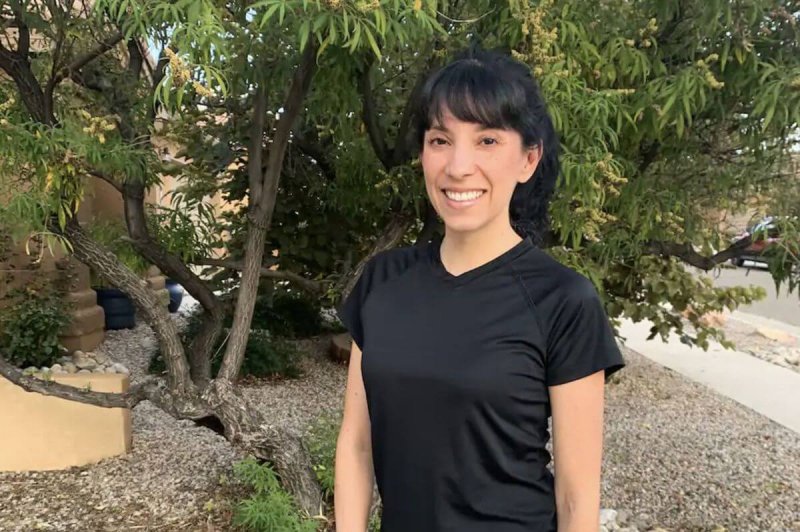Between 2012 and 2018, she consulted her own doctors and made eight trips to an urgent care center or emergency room for severe abdominal pain. [37-year-old Olivia] Bland was also suffering from a low-grade fever that descended late in the afternoon, along with crushing fatigue. “I could chug two cups of coffee at 9:30 p.m. and be sound asleep by 10,” she recalled, only to wake up 10 hours later still exhausted.
Her internist had advised her to “eat better.” After a rheumatologist found nothing wrong, he told her he didn’t want to see her again.
But in July 2018, a radiologist reviewing Bland’s latest CT scan spotted two problems that had apparently gone unrecognized.
…
The scan revealed that Bland appeared to have two sometimes interrelated conditions: pelvic congestion syndrome and the less common nutcracker syndrome. Pelvic congestion syndrome often occurs during or after pregnancy, when varicose veins develop around the ovaries. These veins become engorged, resulting in the pooling of blood that can cause significant pain.
Her seven-hour surgery performed by [surgeon Robert Redfield III] was followed by six days in the hospital and 11 days in a nearby residence for transplant patients. Complete recovery took about nine months. Bland’s abdominal pain, exhaustion and fever disappeared and have not recurred.































